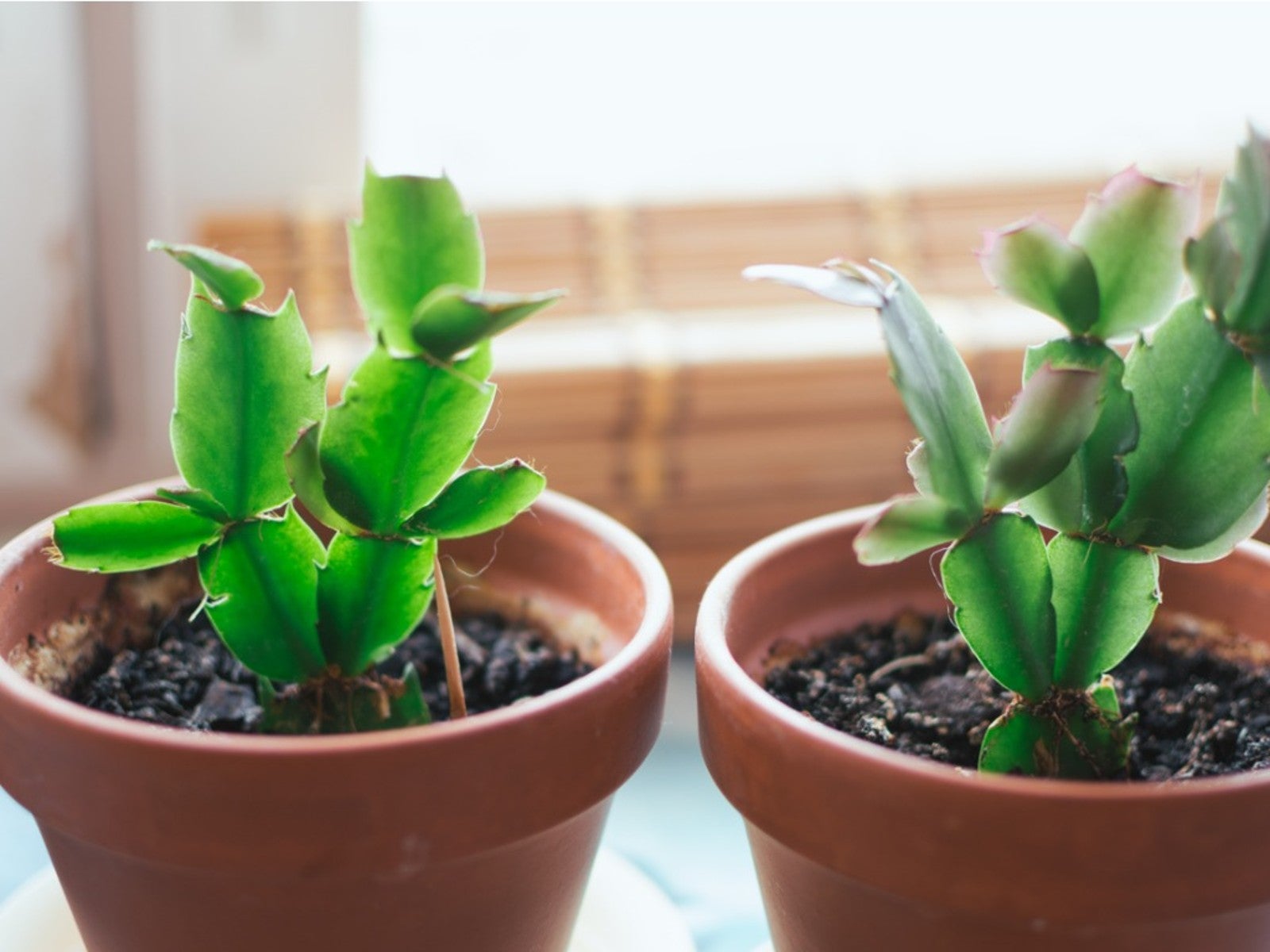Holiday Cactus Propagation: Growing Christmas, Thanksgiving, Easter Cactus Cuttings


One of the most magical plants during the winter months is the holiday cactus. There are several varieties, each of which is fairly simple to propagate. Making a new plant provides an excellent opportunity to gift these beautifully flowering plants and give someone else the opportunity to enjoy the blooms in winter's dormant season. Learn how to propagate holiday cactus for a gift that will give year after year.
Cactus lovers know there are Easter, Thanksgiving, and Christmas cactus. Their cheery flowers are a treat when hardly anything is in bloom in winter. Schlumbergera cuttings are how to propagate Easter cactus and its cousins. Just a few steps and the gardener is well on their way to producing baby cacti that will bloom in future years. Keep new cacti in a shady location in summer, bringing the plant in before temperatures become cool.
Christmas Cactus Propagation
Christmas cacti are probably one of the most recognized of the holiday cacti. The plants are in the genus Schlumbergera, the same genus as the Thanksgiving and Easter cacti. Schlumbergera bridgesii is the full botanical name of Christmas cacti. They are native to Brazil and are true cacti, although not the desert varieties which are familiar to most of us. They live in tropical forests as epiphytes, growing in tree crotches high in the forest. The stems have scalloped edges and the plants bloom with bright red flowers from November to February. The pollen bearing anthers are purple-brown, unlike Thanksgiving cacti, which have yellow pollen. There are no true leaves, but the plant photosynthesizes through the stems.
How to Propagate Holiday Cactus
Thanksgiving cactus propagation and Christmas cactus propagation starts with good stem cuttings. Schlumbergera cuttings need to be sourced from healthy plants, preferably taken in May to June. Pinch off stem sections, known as phylloclades, which include three to five segments. You could also cut off the phylloclades with a clean, sharp, sterile knife. Allow the cut end to callus. Place the cuttings outdoors in a shady location for a couple of days. Use clean containers and well-draining soil and plant cuttings 1 inch (2.5 cm.) deep. Moisten the soil well and then cover the entire container in a clear plastic bag, secured around the edges.
How to Propagate Easter Cactus
Easter cacti have bounced around in a few different genera but have now settled in Schlumbergera. They bloom March through May with pink to red flowers. Easter cacti are grown in the same manner as Christmas and Thanksgiving cactus propagation. Place covered pots in bright but indirect light for several weeks. Keep the soil moderately wet. In around three or up to eight weeks, the cuttings will have formed roots. For faster rooting, dip the cuttings into rooting hormone prior to planting. Rooted cuttings can be potted together for an instantly full looking plant. Plants usually can be expected to bloom the next year. Give plants cooler nights and darkness for a month to initiate blooming.
Gardening tips, videos, info and more delivered right to your inbox!
Sign up for the Gardening Know How newsletter today and receive a free copy of our e-book "How to Grow Delicious Tomatoes".

Bonnie Grant is a professional landscaper with a Certification in Urban Gardening. She has been gardening and writing for 15 years. A former professional chef, she has a passion for edible landscaping.
-
 8 Perfect Flowers To Plant With Tomatoes To Boost Yields & Banish Pests
8 Perfect Flowers To Plant With Tomatoes To Boost Yields & Banish PestsDon’t forget flowers when choosing companion plants for your tomato beds or pots. These pretty, fragrant blooms add beauty but are also highly beneficial.
By Mary Ellen Ellis
-
 Want The Longest Lasting Hydrangea Flowers? Grow These 8 Panicle Hydrangea Varieties
Want The Longest Lasting Hydrangea Flowers? Grow These 8 Panicle Hydrangea VarietiesFor ornamental shrubs that deliver the longest flowering seasons with plush blooms and delicate hues, these panicle hydrangea varieties are essential in your yard
By Tonya Barnett